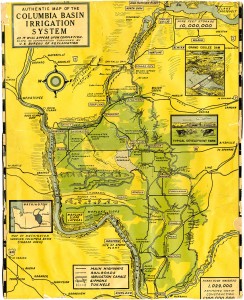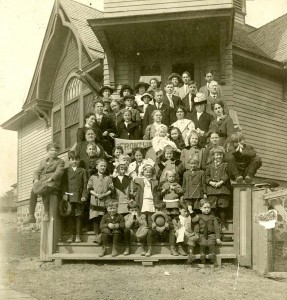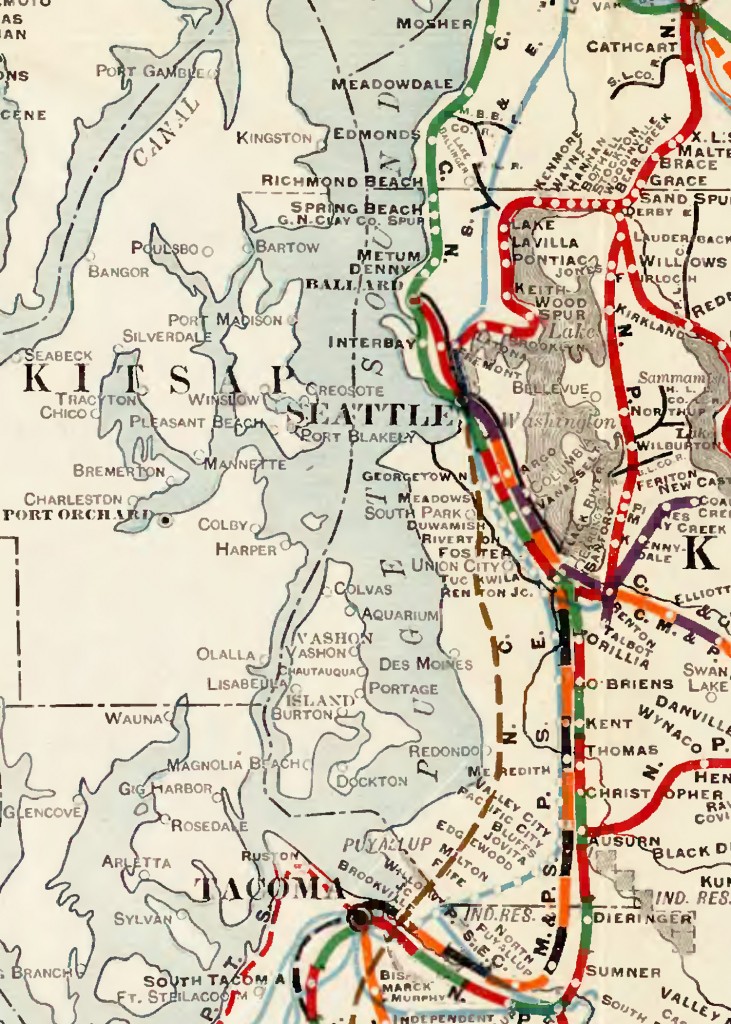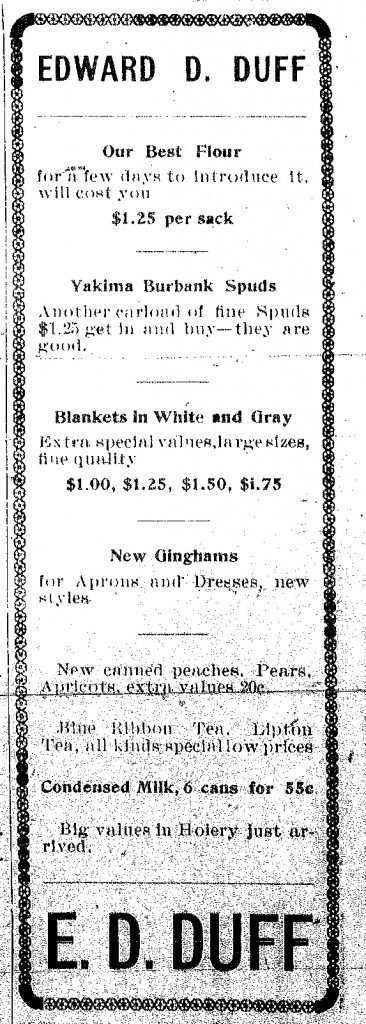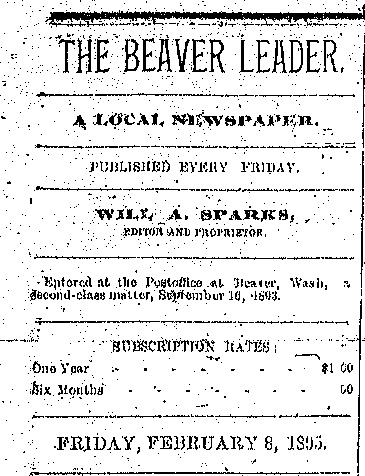 From the desk of Steve Willis, Central Library Services Program Manager of the Washington State Library:
From the desk of Steve Willis, Central Library Services Program Manager of the Washington State Library:
The settlement of Beaver, Washington is a little bit north of Forks. According to the USGS: “Originally, Beaver Camp, which had Beaver PO, was a logging camp located to the east of Tyee and moved west as the logging progressed. As Tyee continued to grow and Beaver Camp did not, the Post Office moved 2.4 km (1.5 mi) west to Tyee. In 1957, it was recommended that Tyee be renamed to Beaver.”
The original Beaver had a newspaper of its own. The only copies of this publication residing in Libraryland can be found the Washington State Library, as part of a microfilm reel entitled: Clallam County misc. Reel # 1.
The Beaver Leader began in 1890 and lasted until at least 1897, but by then it was known simply as The Leader. Editor Will A. Sparks was a champion for forming a new county made up of western Clallam and Jefferson counties. But we later find him in 1902 as editor of the Suburban Reporter in Columbia City (King County). In the following piece from the Feb. 18, 1895 issue of The Beaver Leader, Sparks relates a couple tales of embezzlement while advocating for home rule (a few parts are mangled so I have used the [***] symbol in those trouble spots):
WE WANT DIVISION
“Nothing appears to retard to onward march of the recent movement toward county division. It seems to take like wild fire and so far as we are able to conjecture from an observation of the sentiment in this immediate neighborhood, the people are of one mind on the subject of the formation of a new county. The petitions are being liberally signed, and when everyone is fully informed on the matter, the objection from the people of the proposed territory of the new county will be very slight. A general meeting of delegates,– one from each precinct in the proposed new county,– will meet at Beaver, on February 15th to decide on the preliminary arrangements in getting things into shape to present before our present session of legislators. We will then have done our best and the matter will rest in the hands of the legislature.”
“Apart from the general inconvenience of being compelled to travel 170 miles to get to the county seat, as they do in west Jefferson, and handy to 100 miles from the extreme west part of the county to Angeles, several minor considerations exert an influence, in this county, in creating a sentiment for county division. For instance the failure of the First National bank of Port Angeles taking down with it $42,000 of the county funds is generally thought to have resulted through inexcusable if not criminal negligence, which must have been in some [***] to our county officers. For it is preposterous and insulting to the [***] that the financial standing [***] institution harboring thousands of dollars of the people’s money was unknown to the persons responsible for the safety of the county funds. When the crisis came,– an event of vital interest to nearly every citizen of the county,– the newspapers of Angeles dismissed the whole matter with the bare assertion, variously worded, that ‘the bank had failed.’ Warrants depreciated in value and the effect was felt by everybody, but still the Angeles papers pursued the noiseless tenor of their way and said nothing. The commissioners with exasperating carelessness neglected fixing the treasurer’s bonds secure until they were at the mercy of the bondsmen. When, as a final bath of bitterness, the grand jury failed to indict any of the bank officials, it became reasonably certain that that the Angeles papers and leading citizens of Angeles and perhaps some of our county officials were uniting to shield the bank officials in their nefarious dealings.”
“Another instance is the case of Benjamin F. Schwartz, Esq., than whom, there is probably no greater rascal unhung. Mr. Schwartz came to Angeles, reported himself worth a cool half million, and in an incredibly short time was cock of the walk and hyas [sic] tyee of the whole hunting ground. He was feted, lionized and aped till you couldn’t rest; and to be patronized by him was to a person with aspirations of upper-tendom an occasion of unutterable joy. But Mr. Schwartz fell,– as high steppers sometimes do,– and was convicted of embezzlement; but being a man of inconceivably ‘high education’ and the very name of ‘refinement’ he was considerately sentenced to a paltry eighteen months instead of a deserving sentence of as many years.. This little incident as well as his subsequent escape from the Angeles jail,– which escape is universally believed and perhaps in some quarters known to have been pre-arranged,– was, if we remember rightly, passed without comment by those bull-dog guardians of the public– the newspapers of Angeles.”
“The Leader might mention several events that has happened in and around Port Angeles which seem to indicate that Port Angeles is selfishly addicted to the preservation of her own welfare and the hides of her citizens rather than the good of the whole county. But letting these pass, the limit of forbearance is nearly if not quite reached in the recent defalcation of ex-Treasurer Clump, his arrest and easy escape from the Angeles jailor; and the fact that his $60,000 bonds were so managed as to make it very improbable that they will cover a slight defalcation of $3,000, about one-twentieth of the bond given. These things and the fact that Angeles holds the balance of power in voting and consequently may, and undoubtedly does, elect officers friendly to her interests, as is illustrated in the last election when every officer elected hailed from Angeles, are some of the reasons why the people of the west End want to be let loose from Port Angeles.”
“It is of course expected that there will arise opposition to a division of Clallam county, and perhaps of Jefferson. It is stated, however, that Port Townsend and East Jefferson would offer no obstacle to losing a portion of her territory, and the Tribune Times of Port Angeles thinks that that city would offer no special objection to the proposed division. If it be true that there will be no opposition worth noting, with reasonable assistance from our members in the state legislature we ought to make the thing go. The assessed valuation of the West Commissioner district for 1894 is $500,295 and the total indebtedness is $255,375.34, according to a statement made by the county auditor.”
The movement for the new county died that year, but it still resurfaces now and then. Of course the most interesting part of Sparks’ story was the double embezzlements and double jail escapes by two pillars of the community.
In Port Angeles, Washington : a History, Paul Martin comments: “The History of the first banking effort in Port Angeles is sad indeed.” But for more dirt we need to dig some more.
In The story of Port Angeles, Clallam County, Washington; an historical symposium (1937), Jens Peter Christensen supplies an account of P.A.’s history in banking and the fate of Mr. Schwartz. He begins rather diplomatically:
“The history of banking in Port Angeles differs little from that of other budding towns of the West in the early nineties, except that its citizens might, at the time, have been more than ordinarily optimistic and gullible. These two tendencies of the human construction do not augur well for successful banking and the city’s experience in that line proved no exception to the rule.”
Later on in his essay, as Christensen approached the case mentioned above, he was more direct: “Mr. Schwartz, its president, was indicted for embezzlement of funds entrusted to him by James Stewart, a local attorney. While incarcerated in the city jail, pending the appeal of his case, he made his escape on a schooner under cover of night, and several months passed until word was received that he had been arrested at St. Louis. Our sheriff, Sam Morse, made the trip there to bring the embezzler back, and the day arrived when the city’s first bank president stood on the deck of a local steamer, manacled, and facing a large crowd of the curious who jeered at him. Stripped of his former self-confident air, he made a sorry picture, trembling at the sight of the large gathering,believing they were met en masse for the purpose of doing him harm.”
And let’s not forget the “Ex-Treasurer Clump.” His full name was Mussena Jacob Clump. He was handily elected as a Democrat to the office of County Treasurer in 1892, and apparently took off with tens of thousands of dollars in short order. Like Schwartz, he escaped jail and was eventually arrested in Boise, Idaho. He blamed the bank failure (and indirectly Mr. Schwartz) for his troubles.
Who knows, maybe both of these gentlemen were cellmates when they served time in Walla Walla.
Clump was pardoned by Gov. John Rogers. He moved to California where he continued to have legal problems. He died in Los Angeles in 1940, aged 93.
Meanwhile, it remains to be seen if the west end of Clallam and Jefferson counties are still the most likely to secede.
Click here to see a map of Clallam County at the time this article was written, digitized by the Washington State Library.







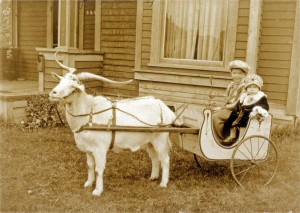
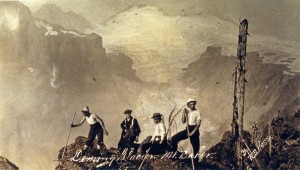
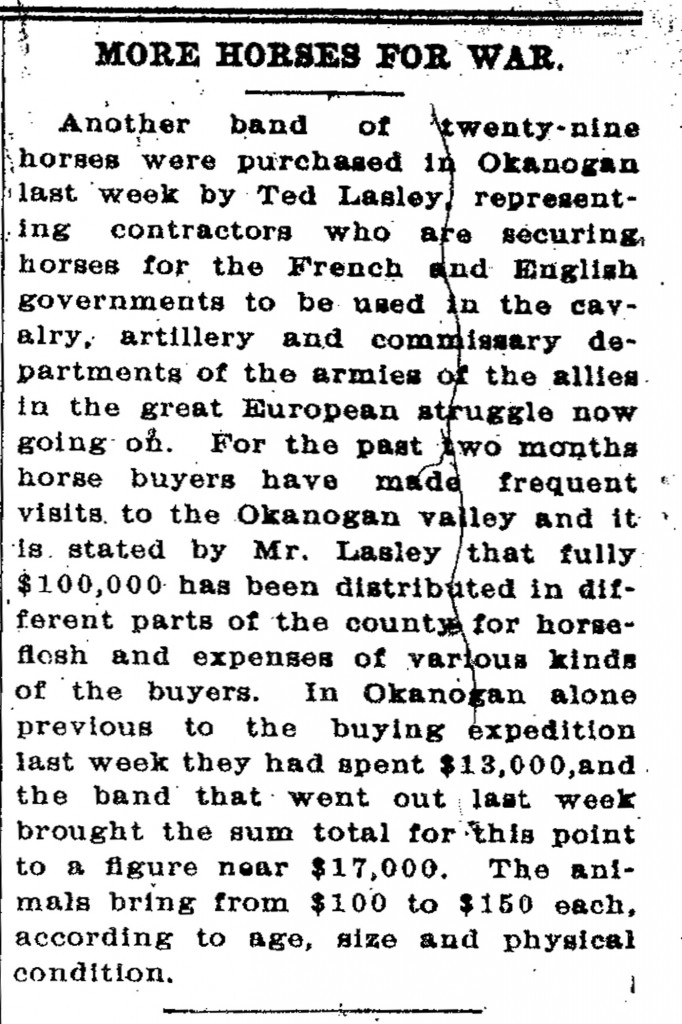
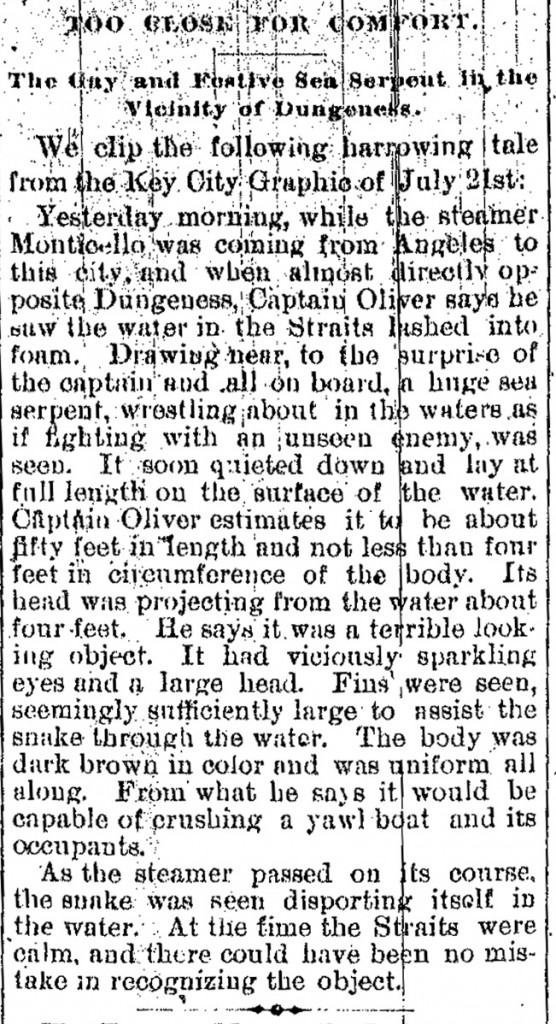


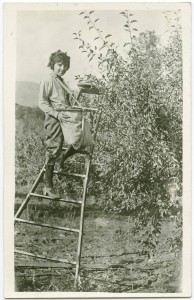
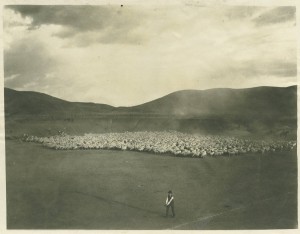
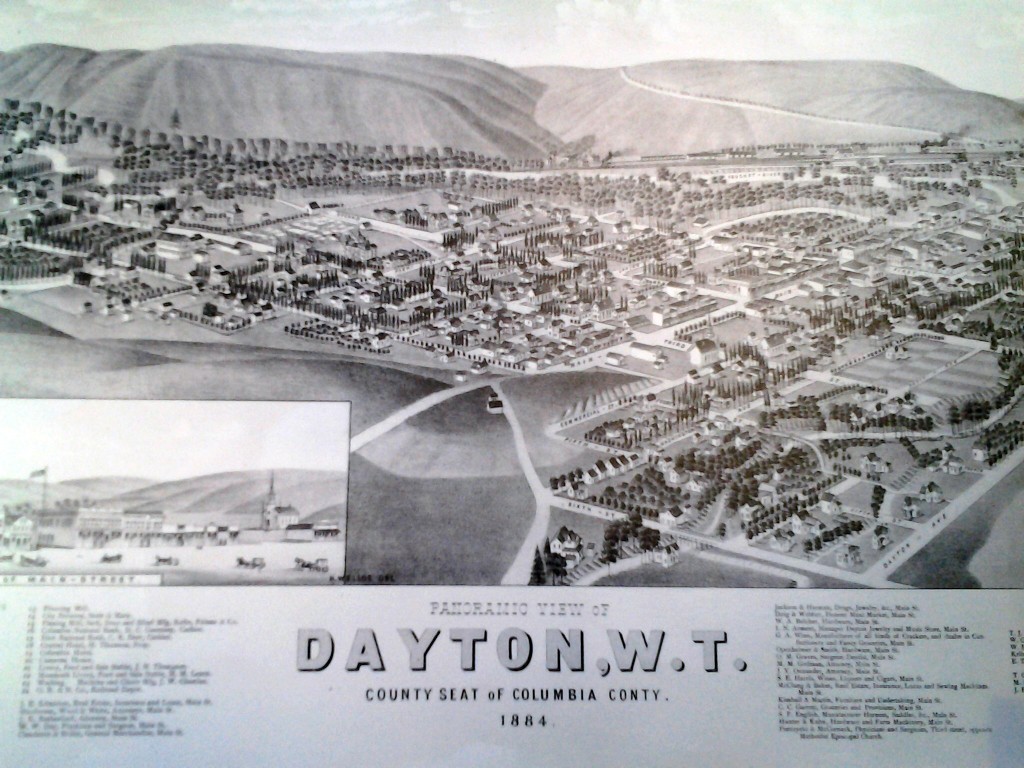
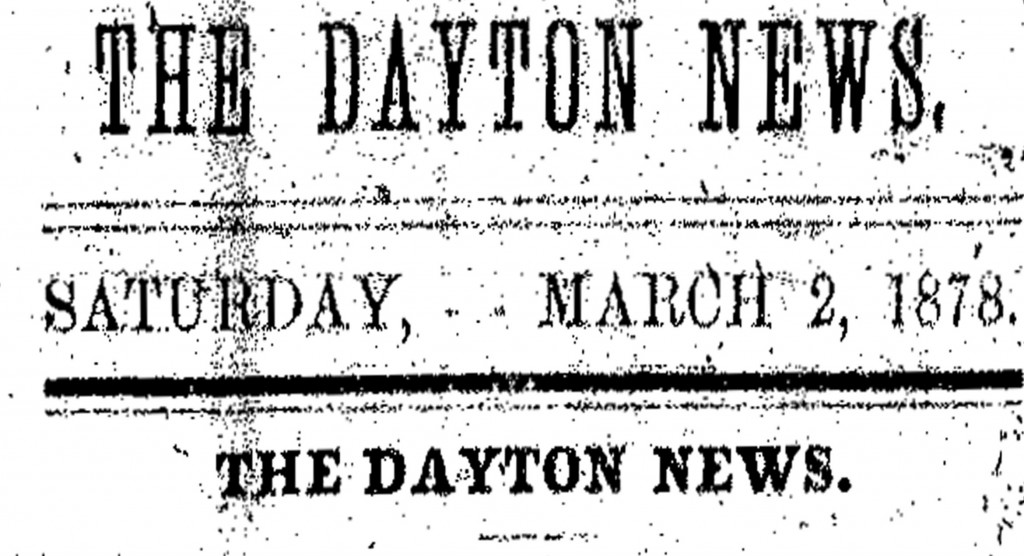
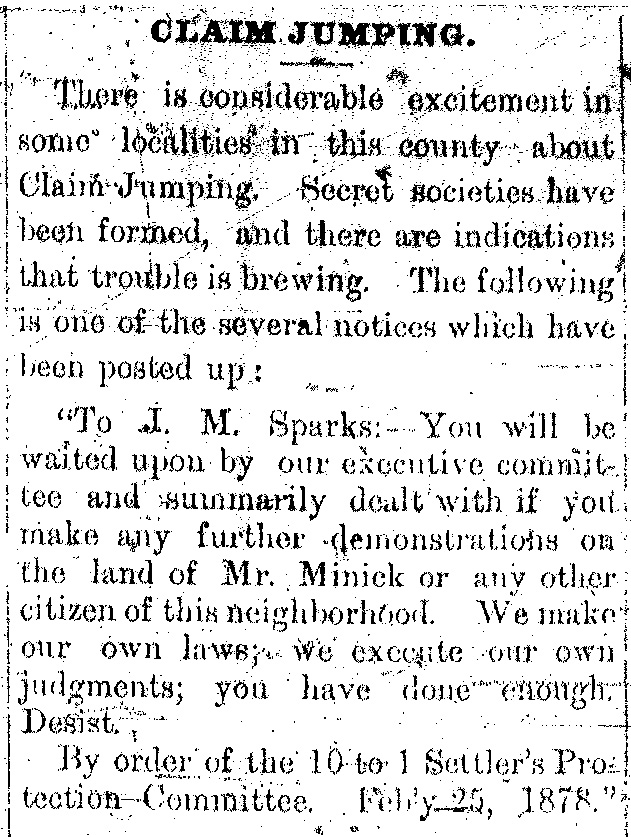 Sparks was not lynched. That activity would be saved for another person at a later date in Dayton, in August, 1883, when a mob worried that convicted murderer James McPherson would somehow escape the legal noose via bribery decided to take matters into their own hands. From
Sparks was not lynched. That activity would be saved for another person at a later date in Dayton, in August, 1883, when a mob worried that convicted murderer James McPherson would somehow escape the legal noose via bribery decided to take matters into their own hands. From 
